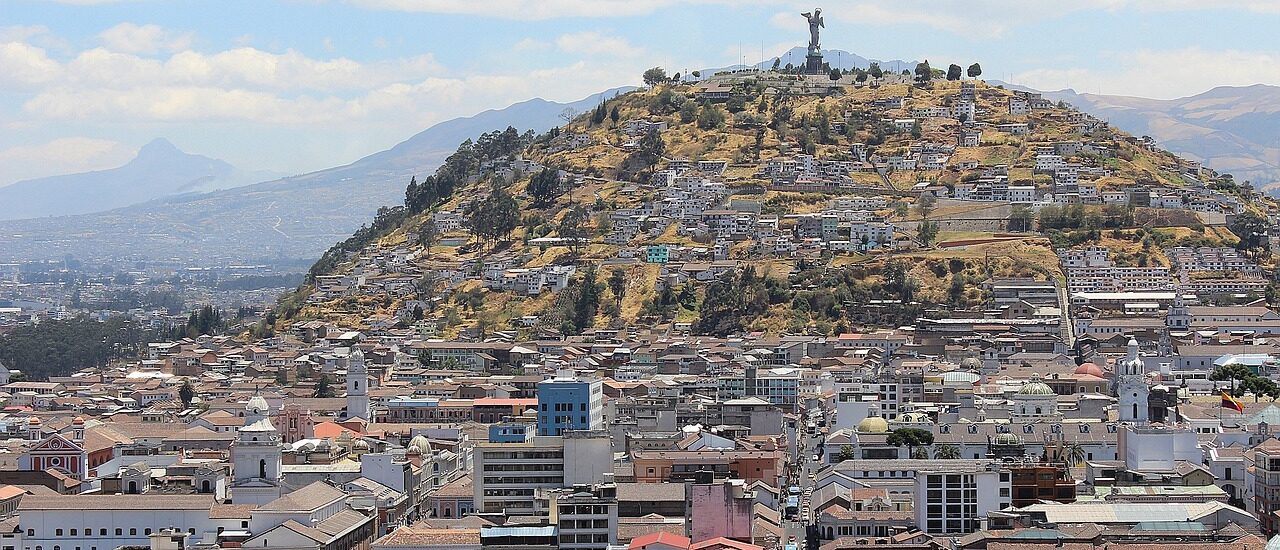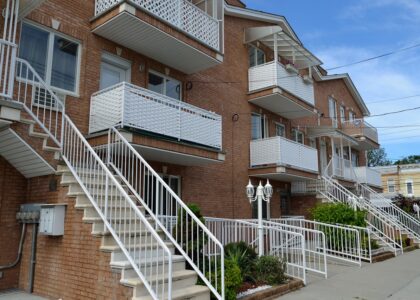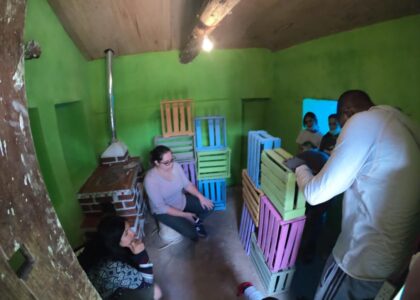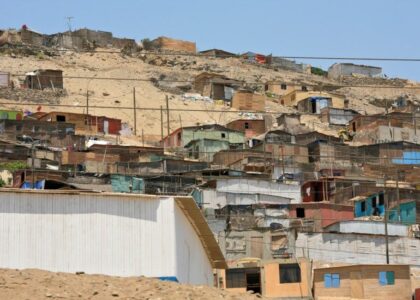Ecuador faces significant challenges in providing safe, accessible, and affordable housing, especially for its most vulnerable populations. With a mix of regulatory hurdles, economic constraints, and geographical factors, the quest for adequate housing is fraught with difficulties. This article delves into the issues surrounding housing in Ecuador, examining the impact of these challenges and the efforts being made to overcome them.
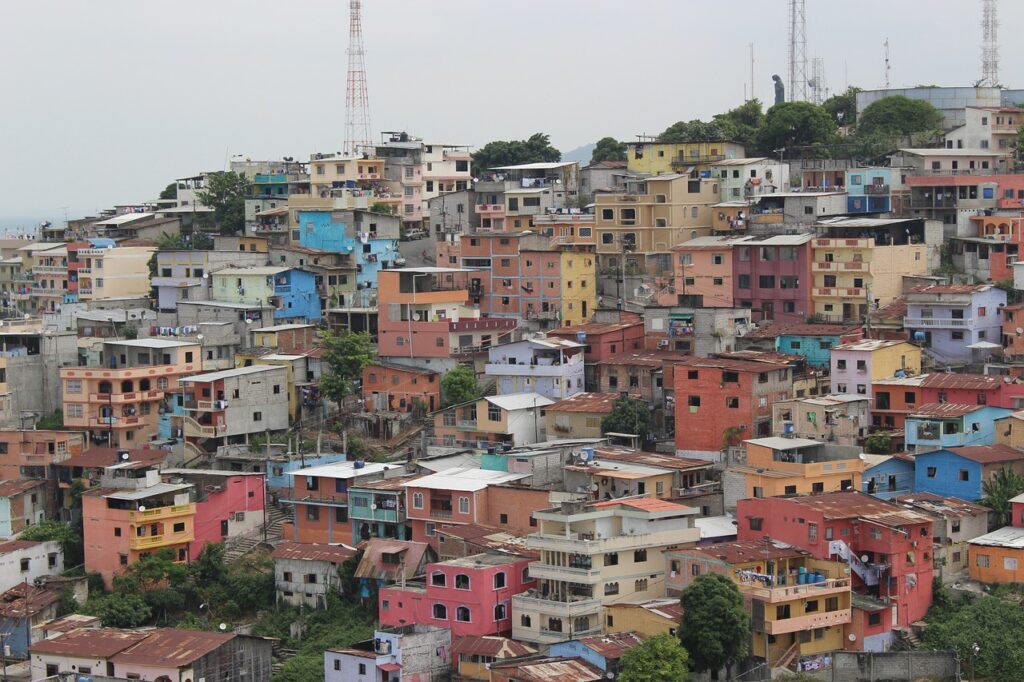
Understanding Ecuador's Housing Challenges
Housing in Ecuador is a multifaceted challenge, deeply influenced by an array of factors including stringent building regulations, limited availability of developable land, and widespread poverty. These elements collectively contribute to a difficult environment for the development of affordable and adequate housing solutions. In major urban centers such as Quito, the capital city, the demand for housing significantly outstrips the available supply. This imbalance drives up property prices and rents, consequently limiting accessibility and affordability for lower-income families.
The bureaucratic hurdles involved in obtaining construction permits, combined with high infrastructure development costs, further exacerbate the housing crisis. These challenges are not just confined to urban areas; rural regions also face similar issues, where the infrastructure is less developed, making it harder to provide essential services such as water and electricity to remote housing developments. The situation is compounded by Ecuador homes and land scarcity in areas that are safe from natural hazards like earthquakes and landslides, which are prevalent in the region.
The government and various international volunteer organizations have been working to address these issues through policy reform and direct intervention programs that aim to increase the stock of affordable housing in Ecuador. However, achieving significant progress requires a coordinated effort that not only focuses on building more houses but also improving the existing housing policy framework to encourage more private sector involvement and make housing more accessible to all socioeconomic segments of the population.
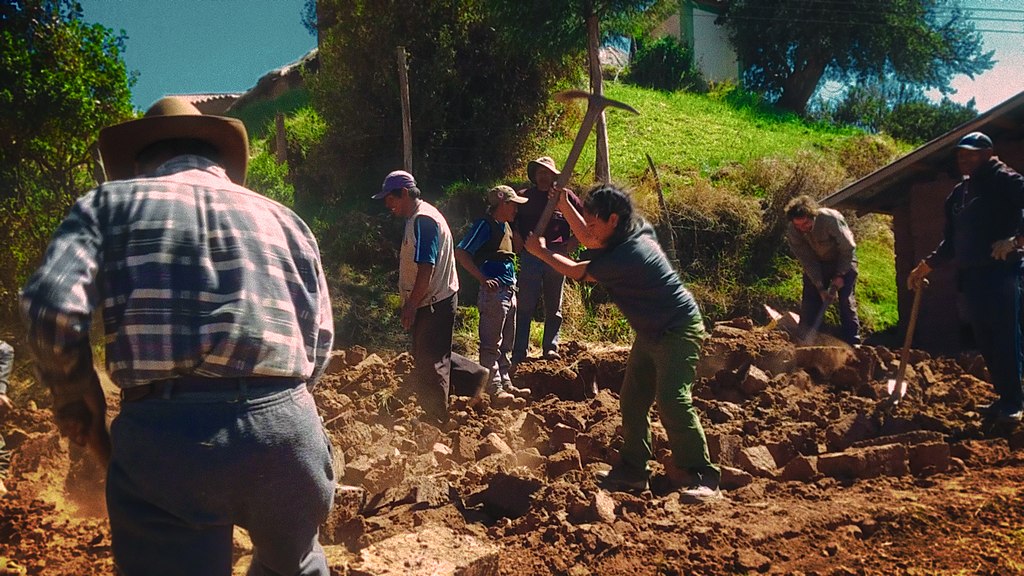
Barriers to Housing Development
One of the primary barriers to improving housing in Ecuador is the stringent regulatory environment. Strict zoning laws and building codes are undoubtedly crucial for ensuring safety and effective urban planning. However, these regulations often act as double-edged swords, significantly slowing down the development of new housing projects. The complexities and time required to navigate these legal frameworks can deter developers, particularly those interested in constructing affordable housing in Ecuador.
Furthermore, these rigorous regulations frequently escalate the costs associated with building. The increased expenses stem from the need to comply with extensive safety standards and urban planning requirements, which can be financially burdensome. This, in turn, makes it challenging for developers to keep the final costs down, thereby complicating the provision of affordable housing options to those most in need.
This situation creates a cyclical problem where the demand for affordable housing continues to grow while the supply struggles to keep up due to regulatory constraints. For Ecuador to improve access to affordable housing, there needs to be a balance between maintaining necessary safety standards and streamlining processes to reduce the financial and temporal burdens on housing development projects. By addressing these regulatory challenges, Ecuador can create a more conducive environment for the development of housing solutions that are both safe and economically accessible to its diverse population.
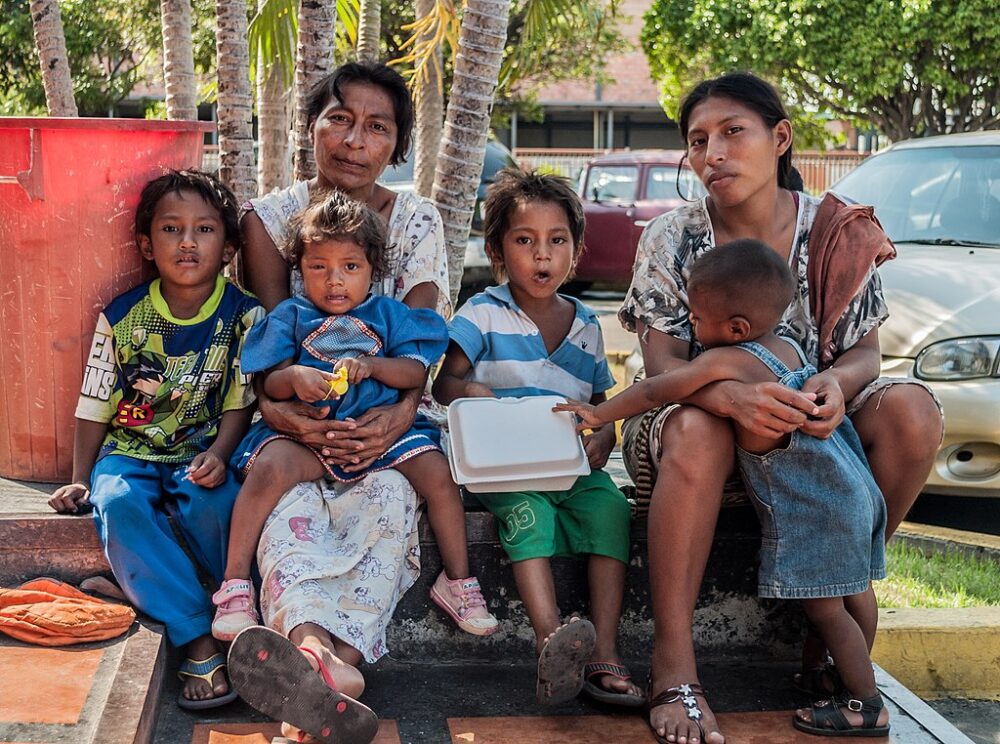
Poverty and Housing Insecurity
Poverty is another critical factor influencing housing conditions in Ecuador. Many families, particularly in rural areas and informal settlements around major cities like Quito, struggle to find housing that is both affordable and livable. These conditions are exacerbated by limited economic opportunities, making it difficult for residents to improve their living conditions without external aid.
The Role of Government and International Aid
The Ecuadorian government, with support from international organizations, is making strides to address these issues. A notable initiative is the funding received from the Inter-American Development Bank (IDB), which includes a $106.1 million loan aimed at expanding and improving housing for poor and vulnerable populations. Learn more about Ecuador’s housing finance initiative.
This funding is part of a broader effort to enhance affordable housing in Ecuador, ensuring that families have access to homes that meet basic standards of safety and comfort. This initiative also focuses on strengthening the institutional capacity to manage housing projects effectively, ensuring that resources are used efficiently to generate the most impact.
Improving Access to Affordable Housing
Efforts to improve housing accessibility are crucial for reducing poverty and enhancing the quality of life for many Ecuadorians. Affordable housing programs not only provide shelter but also contribute to economic and social stability, offering a foundation from which individuals and families can pursue education and employment opportunities. For more insights into the benefits of such programs, check out What Are the Benefits of Affordable Housing.
Building a Future with Safe Homes
The journey toward better housing in Ecuador is a challenging yet vital endeavor. Through concerted efforts between the government, international partners, and community organizations, strides are being made to overcome the barriers that prevent many Ecuadorians from accessing safe and affordable housing.
Join the Safe Homes Movement and contribute to meaningful change in housing security. Our programs, in partnership with MEDLIFE, focus on community development, empowering residents through improved housing solutions and sustainable practices. To learn more about how you can be part of this transformative effort and make a lasting impact, download our Safe Homes brochure today. Engage in a service learning experience that goes beyond the classroom, and help forge resilient communities equipped to face the challenges of tomorrow.


